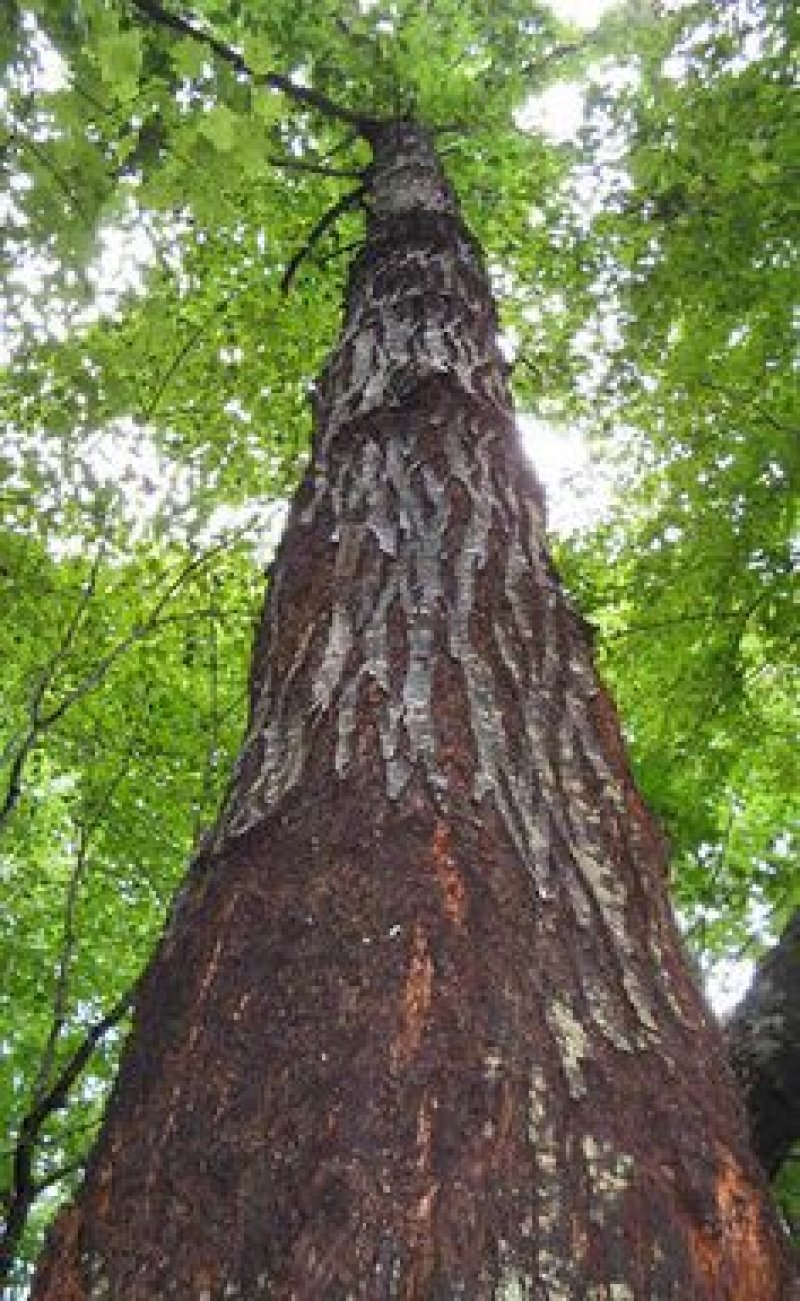American chestnut trees were once among the most majestic hardwood trees in the eastern deciduous forests, many reaching 80 to 120 feet in height and eight feet or more in diameter.
The “then boundless chestnut woods” Thoreau wrote about in Walden once grew throughout the Appalachian mountains. They provided habitat and a mast crop for wildlife, a nutritious nut crop for humans and a source of valuable timber. Because of their rapid growth rate and rot-resistant wood, they also have significant potential for carbon sequestration, important in these days of climate change. But of the estimated four billion American chestnut trees that once grew from Maine to Georgia, only a remnant survive today.
The species was nearly wiped out by chestnut blight, a devastating disease caused by the exotic fungal pathogen Cryphonectria parasitica. This fungus was accidentally introduced into the United States over a century ago as people began to import Asian species of chestnut. It reduced the American chestnut from the dominant canopy species in the eastern forests to little more than a rare shrub.

After battling the blight for more than a century, researchers are using the modern tools of breeding, bio-controlmethods that rely on a virus that inhibits the growth of the infecting fungus, and direct genetic modification to return the American chestnut to its keystone position in our forests.
William Powell of the State University of New York explains his work using genetic engineering to create a blight resistant American chestnut tree. Fellow SUNY professor Donald Leopold discusses the economic and ecological value of the American chestnut tree and why it’s worth restoring.
The GLP aggregated and excerpted this blog/article to reflect the diversity of news, opinion and analysis. Read full, original post: Chestnut revival: How genetics could bring back an American giant































